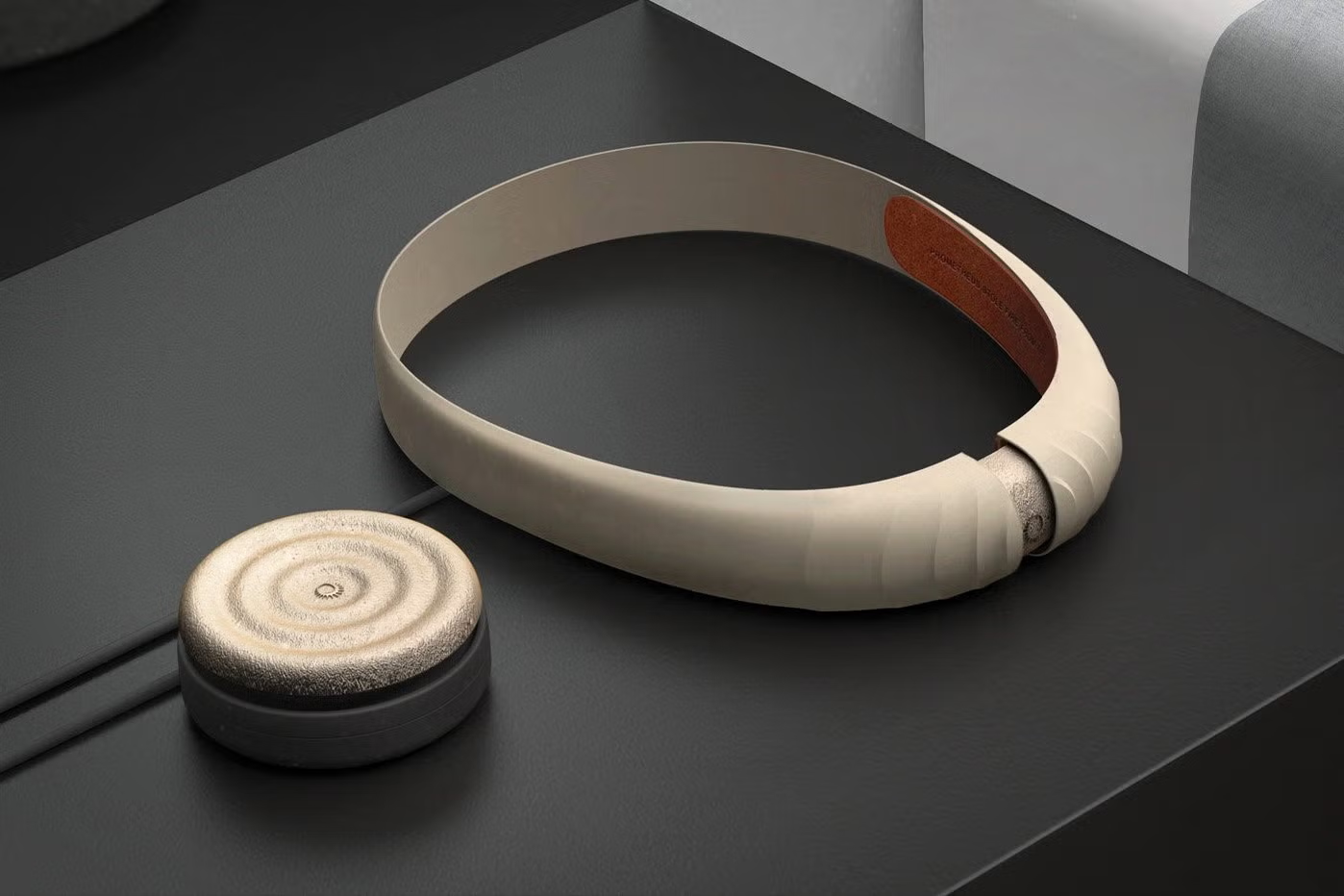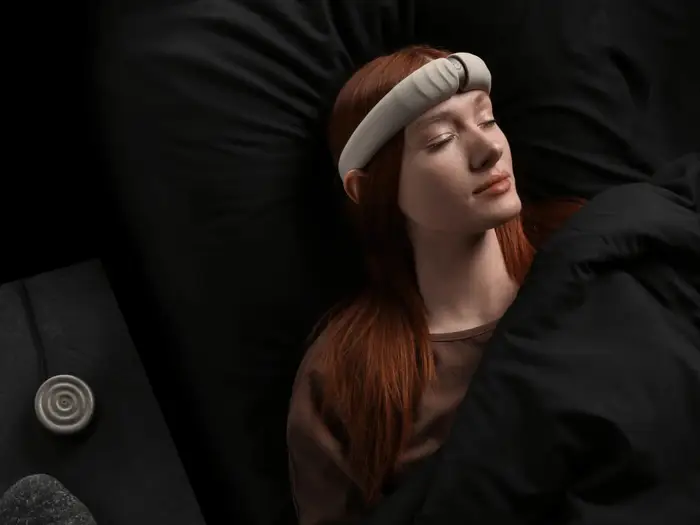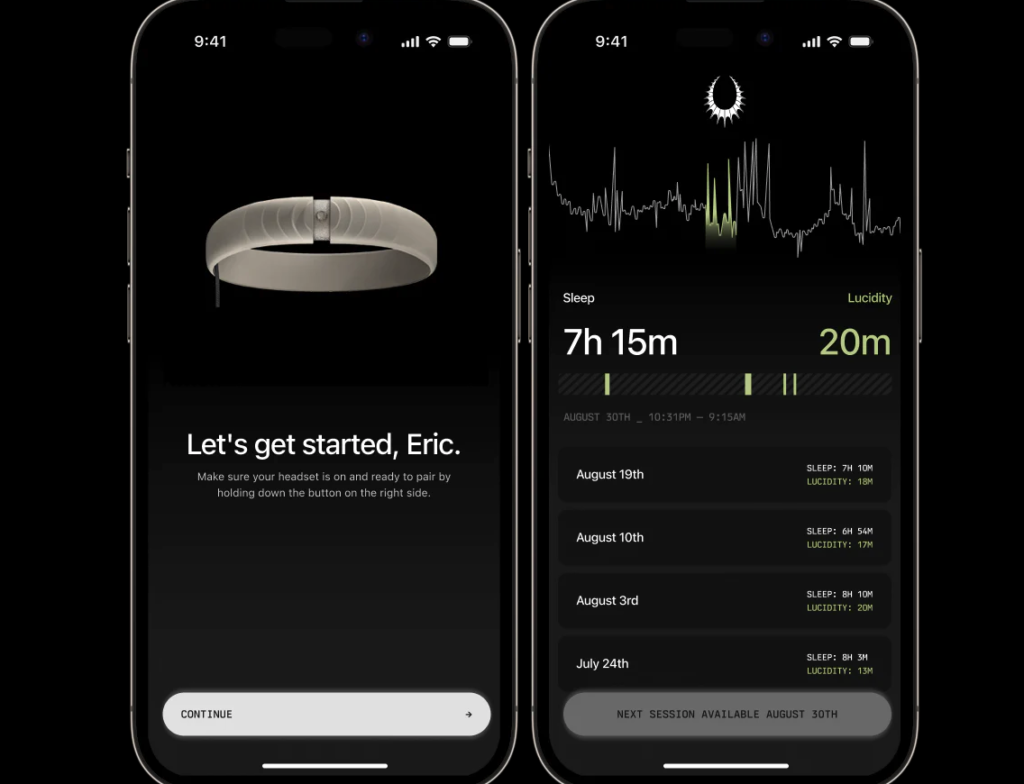We spend a third of our lives sleeping. This would mean that we spend roughly 58,400 hours of dreaming over the course of an 80-year lifespan. What if we could control those dreams? We could fly through the clouds or travel to distant galaxies. But with such control, we could also confront our fears, explore our subconscious, and unlock untapped creativity. In the near future, this might become a reality. Prophetic developed a new technology that enables lucid dream control.

Lucid dreaming is a state of consciousness where the dreamer becomes conscious of being in a dream state while still asleep. Our sleep cycle consists of four phases: falling asleep, light sleep, deep sleep, and Rapid Eye Movement Sleep (REM). Lucid dreaming typically occurs during our REM sleep. Brain activity increases to levels comparable to wakefulness and individuals may gain the ability to manipulate the events, characters, and settings of their dreams, allowing for conscious interaction with the dream environment. Nevertheless, achieving complete control of our dreams is often out of reach due to subconscious impulses, external influences, and the unpredictable nature of dreaming.
Achieving complete control of our dreams is often out of reach due to subconscious impulses, external influences, and the unpredictable nature of dreaming.
Prothetic’s new technology emerged from research conducted at the Donder Institute for Brain, Cognition and Behavior in the Netherlands, focusing on transcranial ultrasound stimulation, a way to gently influence brain activity without surgery or drugs. Through collaboration with Neuralink, Elon Musk's brain implant venture, the project came to fruition.

Transcranial Ultrasound Stimulation (TUS) sends harmless sound waves through the skull to specific parts of the brain. Scientists have previously used it to study the brain and explore treatments for conditions like Parkinson's disease, depression, and chronic pain. And now, it might help us control our lucid dreams.
Scientists have previously used transcranial ultrasound stimulation to study the brain and explore treatments for conditions like Parkinson's disease, depression, and chronic pain.
Prophetic establishes a connection between the real world and the unconscious through their lightweight headband dubbed the Halo headset. Halo employs neurostimulation to replicate the neural activation patterns typical of lucid dreaming by sending small electrical or magnetic pulses to specific parts of the brain or nerves.

Prophetic's technology promises to positively influence the mental well-being of its users. It states that it can decrease anxiety by reducing the occurrence of nightmares. Halo might grant us the freedom of consciousness that we may not have in our waking lives. This would promote experimentation, creativity, and personal growth.
Halo might grant us the freedom of consciousness that we may not have in our waking lives.
All this untapped potential doesn’t come cheap; initially offered for pre-order at $100, its eventual retail price is anticipated to reach approximately $2,000. The Halo headset is set to hit the market in spring 2025. Until then, you can always try to make your dreams come true on your own.

Share your thoughts and join the technology debate!
Be the first to comment